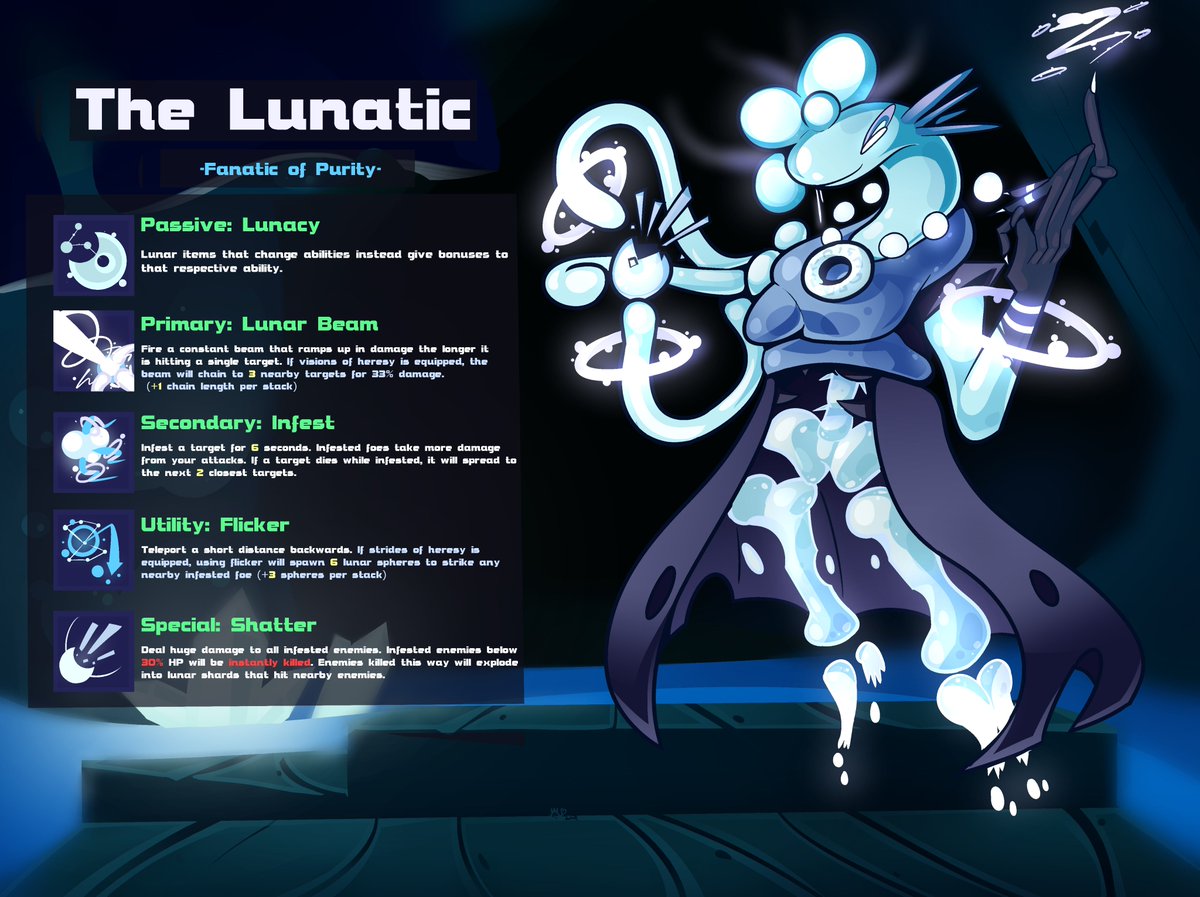

As such, it would not be feasible to apply the doctrine because no efficient cause can be determined. 3d DCA 1988), the Florida Court of Appeal adopted the “concurrent cause” theory: “Where weather perils combine with human negligence to cause a loss, it seems logical and reasonable to find the loss covered by an all-risk policy even if one of the causes is excluded from coverage.” However, the appeals court in Sebo went in a different direction than Wallach, holding that “a covered peril can usually be found somewhere in the chain of causation, and to apply the concurrent causation analysis would effectively nullify all exclusions in an all-risk policy.”īut the Supreme Court in Sebo determined to follow Wallach, stating: “here is no reasonable way to distinguish the proximate cause of Sebo’s property loss-the rain and construction defects acted in concert to create the destruction of Sebo’s home. Under the “concurrent cause” theory, “coverage may exist where an insured risk constitutes a concurrent cause of the loss even when it is not the prime or efficient cause.” In other words, when there are multiple causes of loss, coverage is owed as long as one of the causes is covered. Under the “efficient proximate cause” theory, “where there is a concurrence of different perils, the efficient cause-the one that set the other in motion-is the cause to which the loss is attributable.” The court looked to two theories to address the situation: However, there was no reasonable way to distinguish these causes. In essence, construction defects (excluded from coverage) combined with rainwater and hurricane winds (covered) to cause the damage to Sebo’s property. The case made landfall at the Florida Supreme Court and it described the task at hand as follows: "We are confronted with determining the appropriate theory of recovery to apply when two or more perils converge to cause a loss and at least one of the perils is excluded from an insurance policy.”

The Florida Court of Appeal reversed and remanded for a new trial, in which the causation of the damage was to be examined under the “efficient proximate cause” theory. In addition, he filed suit against AHAC for coverage and a jury found in his favor. Sebo filed a liability action for the construction defects. The residence could not be repaired and was eventually demolished. In October 2005, Hurricane Wilma struck Naples and further damaged the Sebo residence. It became clear that the house suffered from major design and construction defects. Shortly after Sebo bought the residence, water began to intrude during rainstorms. The house and other permanent structures were insured for over $8,000,000. The policy, which insured against “all risks,” was created specifically for the Sebo residence. American Home Assurance Company provided homeowner’s insurance. John Sebo purchased a four-year-old home in Naples in April 2005. However, the policy was manuscript, and the court’s decision, by its own words, would not seem to apply to standard form homeowner’s policies. On its face, the decision is quite favorable to policyholder’s. 2016), where the Florida Supreme Court addressed coverage under a homeowner’s policy for property damage caused when hurricane winds and other causes combined to cause damage to a home.

This played a part in driving the massive coverage litigation that grew out of the storm.īut if there are disputes over the cause of Hurricane Ian damage, Florida’s highest court has addressed the issue. There was a lack of guidance on the issue under Mississippi law. įurther, even when someone has a homeowner’s policy and a flood policy, there may still be a reason to argue that the loss was caused by wind, as homeowner’s policies often have greater limits than flood policies.ĭisputes over property damage, allegedly caused by wind and flood waters, were legion after Hurricane Katrina. Such a low take-up rate for flood insurance policies would seemingly create an incentive for those affected by Hurricane Ian to argue, when feasible, that their property damage, despite appearing to have been caused by flood, was also caused by wind. When it comes to insurance coverage for hurricanes, the oft-stated maxim is that homeowner’s policies cover damage caused by wind but not flood waters. That’s how a September 29 th article on The New York Times website begins. In the counties whose residents were told to evacuate, just 18.5 percent of homes have coverage through the National Flood Insurance Program, according to Milliman, an actuarial firm that works with the program.” “Most of the Florida homes in the path of Hurricane Ian lack flood insurance, posing a major challenge to rebuilding efforts, new data show.


 0 kommentar(er)
0 kommentar(er)
